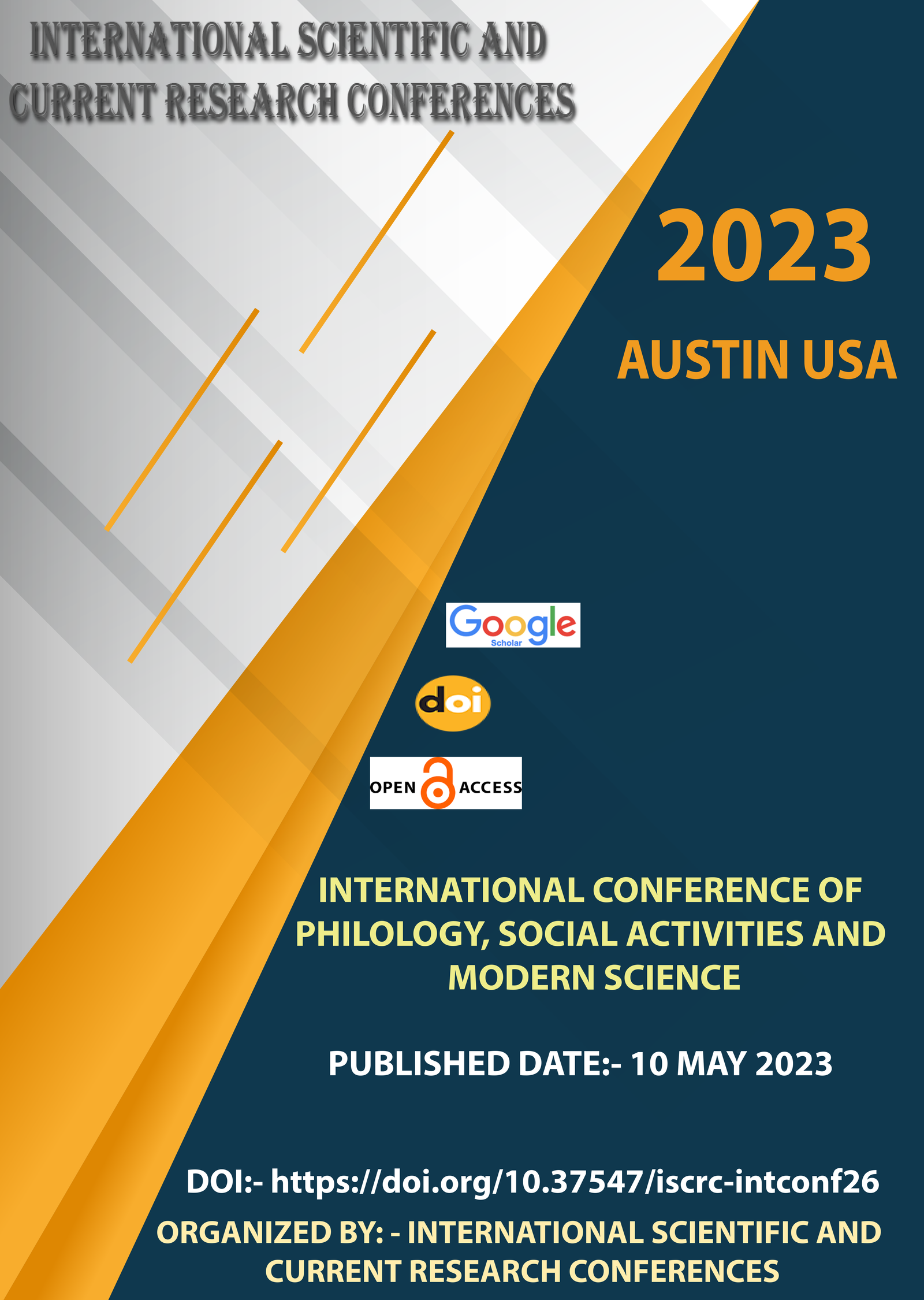EXPLORING THE MECHANISMS OF WOUND HEALING PROPERTIES IN PLANTS: A COMPREHENSIVE REVIEW
Keywords:
Wound healing, plants, , bioactive compoundsAbstract
Wound healing is a complex process that involves various cellular and molecular mechanisms. Traditional medicine has utilized plants for centuries to promote wound healing. In recent years, modern science has confirmed the efficacy of various plant species in wound healing. This review provides a comprehensive overview of the mechanisms by which plants promote wound healing. We discuss the role of plants in each stage of wound healing, including hemostasis, inflammation, proliferation, and remodeling. We also explore the specific bioactive compounds found in plants and their mechanisms of action. Finally, we examine the potential of plant-based wound healing therapies in clinical settings.
Downloads
References
Chah, K.F.; Eze, C.A.; Emuelosi, C.E.; Esimone, C.O. Antibacteria and wound healing properties of methanolic extracts of some Nigerian medicinal plants. J. Ethnopharmacol., 2006, 104(1-2), 164-167. [http://dx.doi.org/10.1016/j.jep.2005.08.070] [PMID: 16226414]
Fabricant, D.S.; Farnsworth, N.R. The value of plants used in traditional medicine for drug discovery.Environ. Health Perspect., 2001, 109(Suppl. 1), 69-75. [http://dx.doi.org/10.1289/ehp.01109s169] [PMID: 11250806]
Principe, P.P. Monetizing the pharmacological benefits of plants. Medicinal Resources of the Tropical Forest: Biodiversity and Its Importance to Human Health; Balick, M.J.; Elisabetsky, E.; Laird, S.A., Eds.; Columbia University Press, 1996, pp. 191-219.
Jiang, X. Effect ofBauhinia championii (Benth.) Benth extract on Streptococcus mutants in vitro. Biomed. Res., 2016, 27(3), 758-761.
Gurib-Fakim, A. Medicinal plants: Traditions of yesterday and drugs of tomorrow. Mol. Aspects Med., 2006, 27(1), 1-93. [http://dx.doi.org/10.1016/j.mam.2005.07.008] [PMID: 16105678]
Senthil Kumar, M.; Sripriya, R.; Vijaya Raghavan, H.; Sehgal, P.K. Wound healing potential of Cassia fistula on infected albino rat model. J. Surg. Res., 2006, 131(2), 283-289. [http://dx.doi.org/10.1016/j.jss.2005.08.025] [PMID: 16242721]
Singh, M.; Govindarajan, R.; Nath, V.; Rawat, A.K.S.; Mehrotra, S. Antimicrobial, wound healing and antioxidant activity of Plagiochasma appendiculatum Lehm. et Lind. J. Ethnopharmacol., 2006, 107(1), 67-72. [http://dx.doi.org/10.1016/j.jep.2006.02.007] [PMID: 16600543]
Enoch, S.; Leaper, D.J. Basic science of wound healing.Surgery, 2008, 26(2), 31-37. [http://dx.doi.org/10.1016/j.mpsur.2007.11.005]
Sumitra, M.; Manikandan, P.; Suguna, L. Efficacy of Butea monosperma on dermal wound healing in rats.Int. J. Biochem. Cell Biol., 2005, 37(3), 566-573. [http://dx.doi.org/10.1016/j.biocel.2004.08.003] [PMID: 15618014]
Krishnan, P. The scientific study of herbal wound healing therapies: Current state of play. Curr. Anaesth. Crit. Care, 2006, 17(1-2), 21-27. [http://dx.doi.org/10.1016/j.cacc.2006.02.009]
Nejati, R.; Kovacic, D.; Slominski, A. Neuro-ImmuneEndocrine Functions ofTe Skin: An Overview; Taylor & Francis, 2013.
Pasparakis, M.; Haase, I.; Nestle, F.O. Mechanisms regulating skin immunity and inflammation.Nat. Rev. Immunol.,2014, 14(5), 289-301. [http://dx.doi.org/10.1038/nri3646] [PMID: 24722477]
Rousselle, P.; Braye, F.; Dayan, G. Re-epithelialization of adult skin wounds: Cellular mechanisms and therapeutic strategies.Adv. Drug Deliv. Rev., 2019, 146, 344-365. [PMID: 29981800]
Kupper, T.S.; Fuhlbrigge, R.C. Immune surveillance in the skin: mechanisms and clinical consequences. Nat. Rev. Immunol., 2004, 4(3), 211-222. [http://dx.doi.org/10.1038/nri1310] [PMID: 15039758]
Emami-Razavi, H Effect of bentonite on skin wound healing experimental study in the rat model. Acta Med. Iran., 2006, 44(4), 235-240.
Clark, R.A.F. Cutaneous tissue repair: Basic biologic considerations. I. J. Am. Acad. Dermatol., 1985, 13(5), 701-725. [http://dx.doi.org/10.1016/S0190-9622(85)70213-7] [PMID: 2416789]
Arunachalam, Kantha Preliminary phytochemical Investigation and wound healing activity of Myristica andamanica leaves in Swiss albino mice. J. Med. Plants Res., 2011, 5(7), 1095-1106.
Dan, M.M.; Sarmah, P.; Vana, D.R.; Dattatreya, A. Wound Healing: Concepts and updates in herbal medicine. Int. J. Med. Res. Health Sci., 2018, 7(1), 170-181.
Marume, A.; Matope, G.; Katsande, S.; Khoza, S.; Mutingwende, I.; Mduluza, T.; Munodawafa-Taderera, T.; Ndhlala, A.R. Wound healing properties of selected plants used in ethnoveterinary medicine. Front. Pharmacol., 2017, 8, 544. [http://dx.doi.org/10.3389/fphar.2017.00544] [PMID: 28932192]
Flanagan, M. The physiology of wound healing. J. Wound Care, 2000, 9(6), 299-300 http://dx.doi.org/10.12968/jowc.2000.9.6.25994] [PMID: 11933346
Downloads
Published
How to Cite
Issue
Section
License
Copyright (c) 2023 Ishan Sharma , Shweta Durvasha

This work is licensed under a Creative Commons Attribution 4.0 International License.
The content published on the International Scientific and Current Research Conferences platform, including conference papers, abstracts, and presentations, is made available under an open-access model. Users are free to access, share, and distribute this content, provided that proper attribution is given to the original authors and the source.






